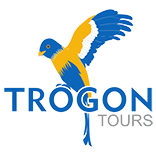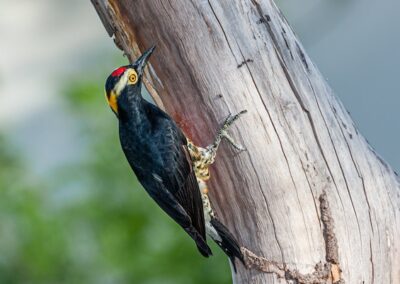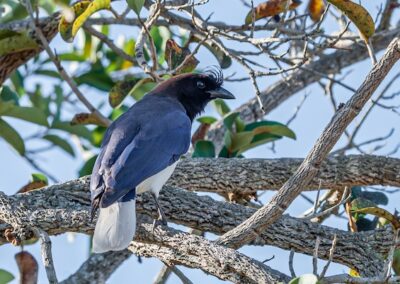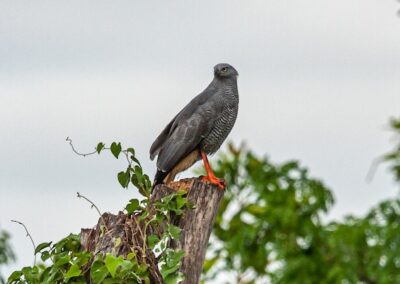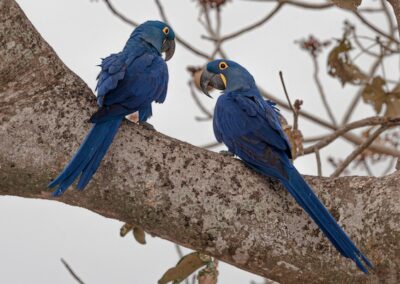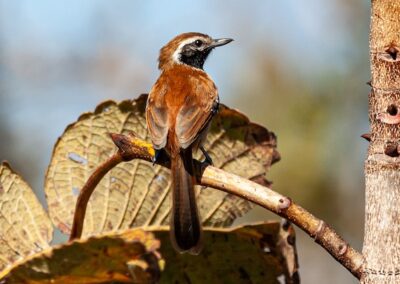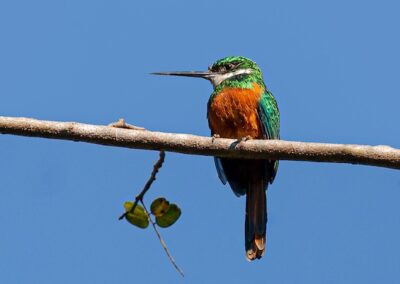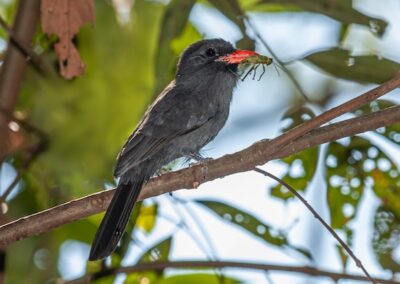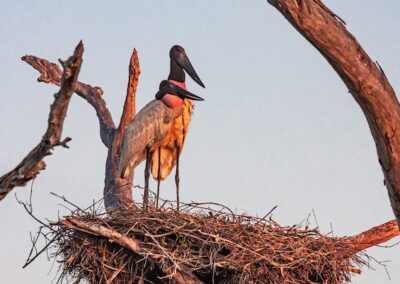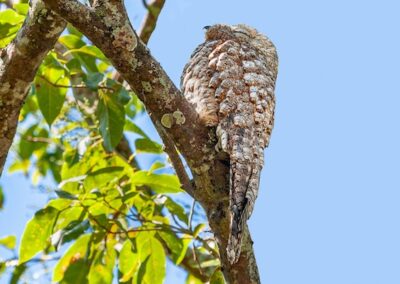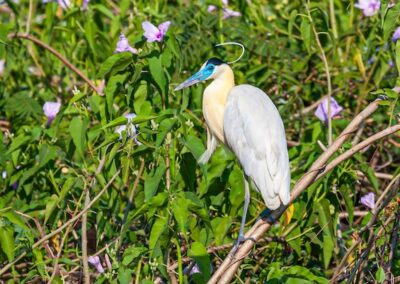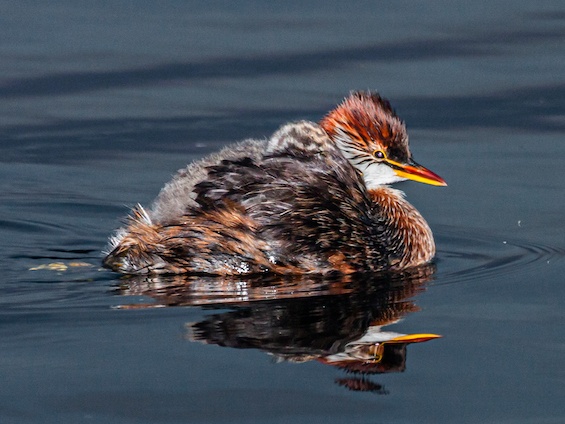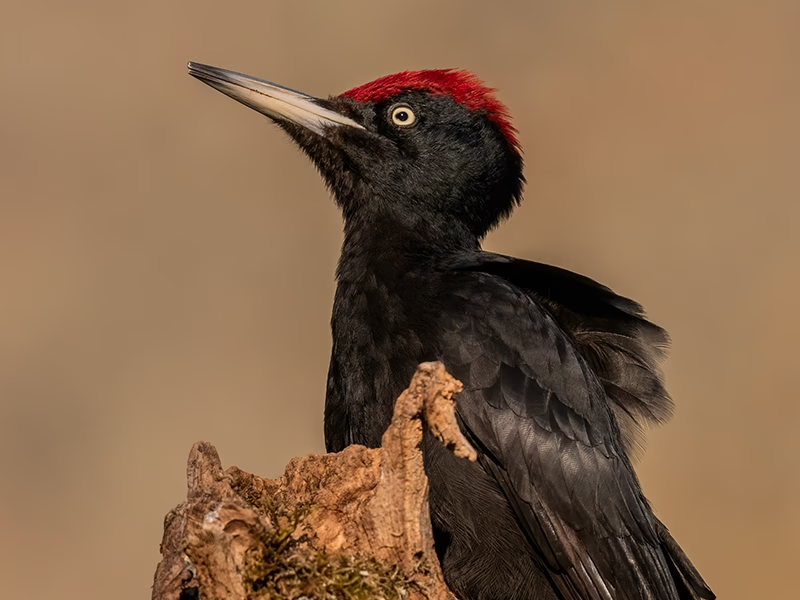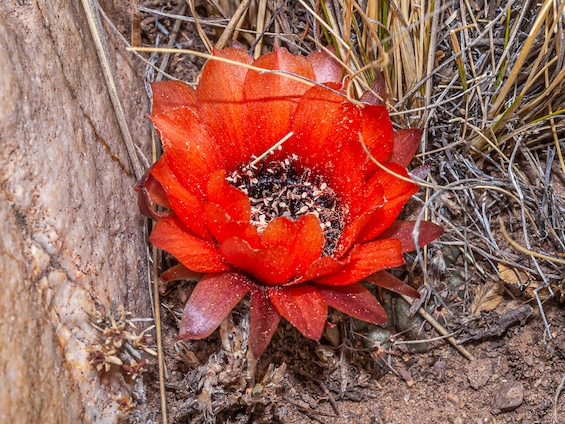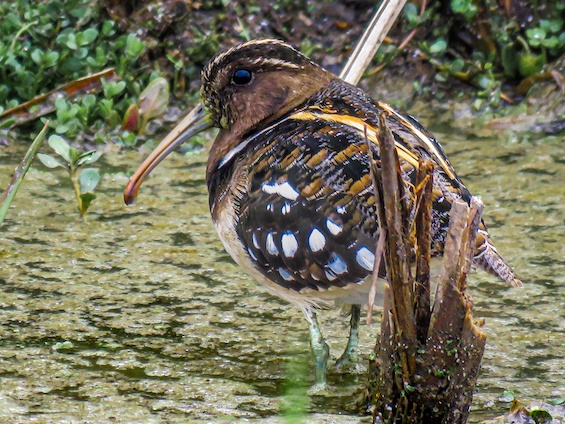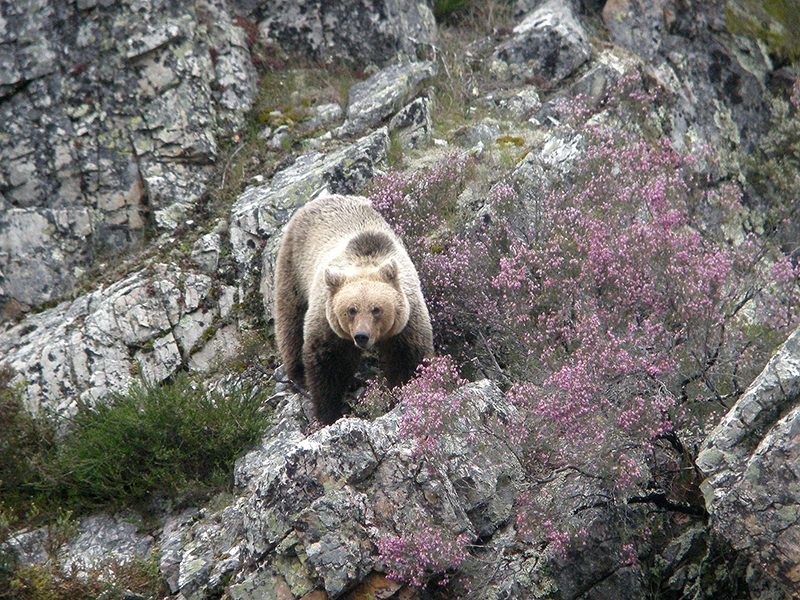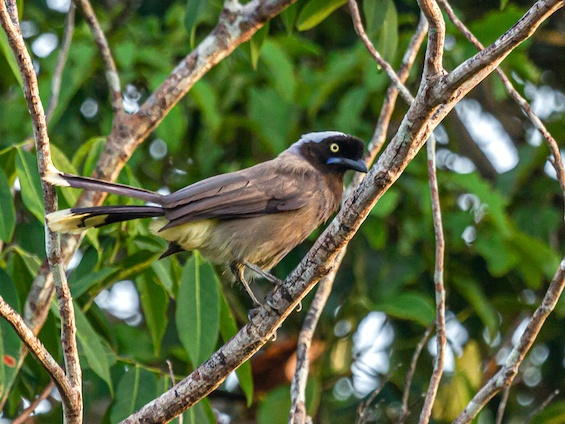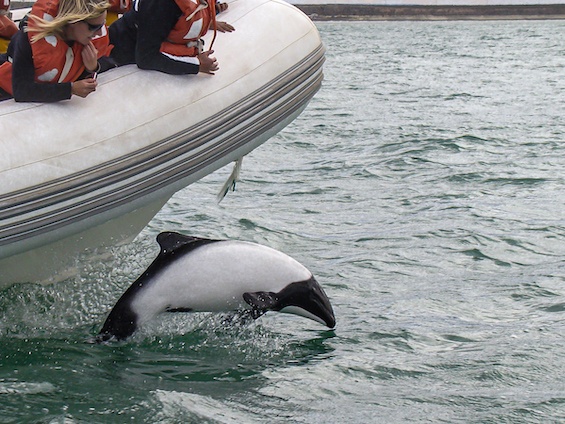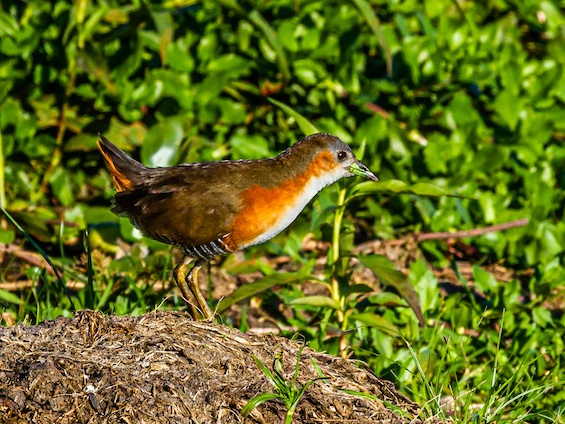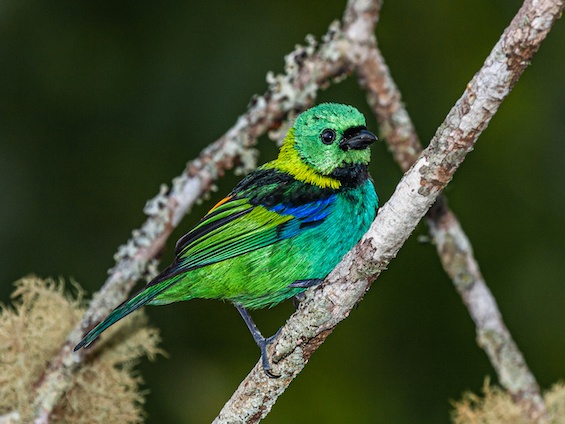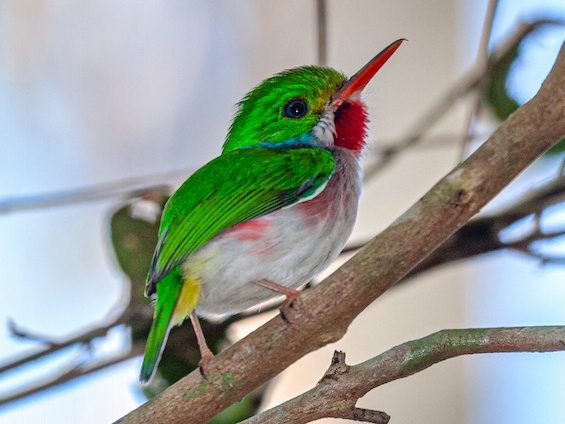Occupying a vast territory within South America, Brazil is an immense country with diverse habitats and ecosystems. This journey has been designed to explore two of the richest Neotropical habitats: The Brazilian Pantanal and the dry Cerrado Woodland.
These two regions showcase a range of species across distinct landscapes, each shaped by unique climate and geography.
Covering over 55,000 sq. mi. (142,500 km2), the Pantanal is comparable in size to the state of Georgia in the U.S. Positioned in the middle of the continent on the Brazil-Bolivia border. Defined by pronounced wet and dry seasons that transform its lowland plains, the Pantanal’s habitats include semi-deciduous and evergreen forests, palm woodlands, and seasonally flooded grasslands, all intersected by numerous lakes and rivers that help refresh and sustain these wetlands. With its open landscapes, the Pantanal is one of the best places in South America to spot wildlife. Animals like Marsh Deer, Giant Anteater, Capybara, Black-and-gold Howler Monkey, Yellow Anaconda, Ocelot, Margay, and Jaguar thrive here. While jaguars are found throughout the Americas, the Pantanal offers great chances to encounter them in the wild due to their relatively high density in this area.
While mammals are impressive, it is the amazing abundance of birds that gives Pantanal its fame, with three major South American migratory routes merging here. The shrinking of vast flooded areas in the beginning of the dry season, concentrate fish for waders such as Jabiru, Maguari and Wood storks, Great and Snowy egrets, numerous herons, five species of ibis and Roseate Spoonbill. Four species of kingfishers, Snail Kite, Black-collared and Roadside hawks and several other raptor species. Pantanal is also home to the spectacular Hyacinth Macaw, many parrots, parakeets and an array of other striking birds that make from this a favorite destination for bird watchers the world over. The ease with which birds can be seen is equally a bonus for the experienced birder and first-time birding tour participant.
Further north lies the Cerrado, a sprawling ecosystem that covers over 772,000 sq. mi. (2,000,000 km2), or about 23.5% of Brazil’s land area. This region’s arboreal savanna stretches across central Brazil and extends south into Paraguay. The landscape is marked by sparse, twisted trees and bushes with thick, grooved bark and leathery leaves. Red-colored termite nests are common here, often used as nesting sites by species like Campo Flicker and Peach-fronted Parakeet. Bird species in the Cerrado include such wonderful species like Stripe-tailed Yellow Finch, White-rumped and Shrike-like tanagers, Coal-crested Finch, Red-legged Seriema, Red-winged Tinamou, Yellow-faced Parrot, the secretive Collared Crescentchest, and the endemic Rufous-winged Antshrike. In the Cerrado’s denser riparian woodlands, known as Cerradão, birds like the Helmeted Manakin are often sighted. Narrow riverine forests line streams and rivers, providing habitat for birds like the Dot-eared Coquette, Cinnamon-throated Hermit, and colorful macaws such as Blue-winged, Red-shouldered, and Red-and-green. Chapada dos Guimarães offers a completely different landscape with its cliffs and striking rock formations. Located on the edge of the Cerrado grasslands of the Central Planalto Plateau in Chapada National Park, this area sits on the divide between the Amazon and Paraná river basins, adding yet another layer of ecological diversity to Brazil’s rich landscapes.
Together, the Pantanal and Cerrado provide a vivid snapshot of Brazil’s varied ecosystems, showcasing a diversity of wildlife adapted to wetland, savanna, and forested environments. The range of species across these two regions highlights the unique biodiversity of Brazil’s natural habitats.
Join us on this wildlife travel adventure of a lifetime. Trogon Tours has run and organized wildlife tours in the Brazilian Pantanal and Cerrado since 2000, when the company was founded. We pioneered Jaguar expeditions in this area, making it possible for hundreds of wildlife travelers to watch and photograph this magnificent cat and dozens of other mammals, birds and superb wildlife.
INFORMATION
Max. Group Size:
Price:
Single supplment:
Spaces Available:
Start Date:
Starts / Ends:
Tour Duration:
Tour Interest:
Tour Location:
Tour Type:
What’s Included?
What’s Not Included?
Itinerary ( 11 days )
Day
1
Cuiabá | Sunday, 29 August 2026
Meet your Trogon Tours leader in the early afternoon at Cuiabá City Airport, then drive to Chapada dos Guimarães. The road from Cuiabá to Chapada is one of the best for birdwatching, offering many photo opportunities with stunning landscapes unique to this region of Brazil. Chapada dos Guimarães features a mix of seasonally dry woodlands and savanna, with dramatic cliffs and waterfalls. We’ll bird the surroundings, including forested sections where we might spot beautiful birds like the colorful Band-tailed and Fiery-capped Manakins, the charming Southern Antpipit, Tataupa Tinamou, the distinctively calling Sharp-tailed Streamcreeper, Streaked Xenops, Sepia-capped Flycatcher, and the striking Pectoral Sparrow. We will spend three nights in Chapada dos Guimarães.
Days
2 & 3
Chapada dos Guimarães | Mon. 30 & Tue. 31 August 2026
We’ll spend two days exploring this breathtaking area. The loud calls of Blue-winged Macaws and Blue-headed Parrots may greet us at the scenic Veu de Noiva Waterfall, where Swallow Tanagers, the rare Blue Finch, and Bat Falcons are also found. In a nearby forested area, we’ll search for Euler’s Flycatcher, the often-vocal White-backed Fire-eye, Yellow-tufted Woodpecker, Ornate Hawk-Eagle calling overhead, and the elusive Russet-crowned Crake, with a chance of spotting both Pheasant and Pavonine Cuckoos. In the more open, thorny habitats, we might encounter the localized Chapada Flycatcher, Collared Crescentchest, Rufous-sided Pygmy Tyrant, Rufous-winged Antshrike, Shrike-like and White-rumped Tanagers, Small-billed Tinamou, Sooty-fronted Spinetail, the charming Coal-crested and Red Pileated Finches, Black-throated Saltator, and possibly even the elegant Horned Sungem.
Day
4
Chapada to Pantanal | Wednesday, 1 September 2026
After a final morning exploring the Chapada dos Guimarães area, we’ll set off for the Pantanal. The first leg of the journey is on a paved road that leads to the small village of Poconé, the last town before we join the dirt road of the Transpantaneira, the only route through northern Pantanal. From Poconé, we’ll continue traveling a few more miles south on the Transpantaneira until we reach our lodge, where we’ll settle in for the next two nights
Day
5
Northern Transpantaneira | Thursday, 2 September 2026
We’ll spend the day exploring the Northern Transpantaneira, a drier area featuring unique wildlife rarely seen near the Cuiabá River. The open, savanna-like landscape makes spotting mammals easier. Expect to see large mammals like the Brazilian Tapir, White-lipped Peccary, and Marsh Deer, alongside the Coati and Capuchin. This section is ideal for localized birds, including the Red-legged Seriema, Rufous Cacholote, and Red-winged Tinamou. A boat trip on the Rio Claro offers excellent photo chances for the Giant River Otter, Sungrebe, and, if lucky, the elusive Agami Heron, with the Blue-crowned Trogon possible in the riverside forest.
Day
6
Porto Jofre | Friday, 3 September 2026
We’ll begin the morning early with a pre-breakfast birding walk around the lodge, aiming to spot local species, including the iconic Hyacinth Macaw. After breakfast, we drive south along the Transpantaneira toward the Cuiabá River region, making stops for photos and wildlife observation. We’ll look for numerous birds, like the Orange-backed Troupial, Blue-fronted Parrot, and Greater Thornbird. As we travel, we’ll see an increase in animal life, with frequent sightings of Capybara herds and Pantanal Caiman. Mammals such as the South American Coati and Crab-eating Fox are common, and we may even encounter the large, colorful Yellow Anaconda. We expect to reach our Porto Jofre lodge by early evening for a three-night stay.
Day
7 & 8
Cuiabá River | Sat. 4 & Sun. 5 September 2026
We’ll spend two full days exploring Porto Jofre and the southern Transpantaneira, prioritizing birdwatching and local wildlife. Our main objective is searching for Jaguars, as government protection has made sightings increasingly common here. From our lodge, we’ll take at least four half-day boat trips along the Cuiabá River to reach remote areas where Jaguars are frequently spotted. These excursions offer excellent photo opportunities for the magnificent cats. The boats also provide fantastic chances to observe other mammals, especially Giant Otters, and a wide array of colorful bird species. Capybaras are a constant sight along the riverbanks.
Day
9
Pixaim River | Monday, 6 September 2026
After lunch, we’ll depart from Porto Jofre and drive back north, along the Transpantaneira, birding along the way. By early evening, we expect to arrive at our lodge in the Pixaim River area, where we’ll check in for the final two nights of our tour.
Day
10
Northern Transpantaneira | Tuesday, 7 September 2026
We’ll spend our last full day in the northern Transpantaneira, searching for any birds we may have missed earlier in the trip and enjoying one final boat excursion along the Pixaim River.
Day
11
Cuiabá | Wednesday, 8 September 2026
After breakfast, we’ll check out of our hotel and drive to Cuiabá City Airport, where the tour concludes.
